CH 6 - Scientific Revolution (AP Euro Unit 4)
1/28
There's no tags or description
Looks like no tags are added yet.
Name | Mastery | Learn | Test | Matching | Spaced |
|---|
No study sessions yet.
29 Terms
Scientific Revolution
the transition from the medieval worldview to a largely secular, rational, and materialistic perspective that began in the seventeenth century and was popularized in the eighteenth
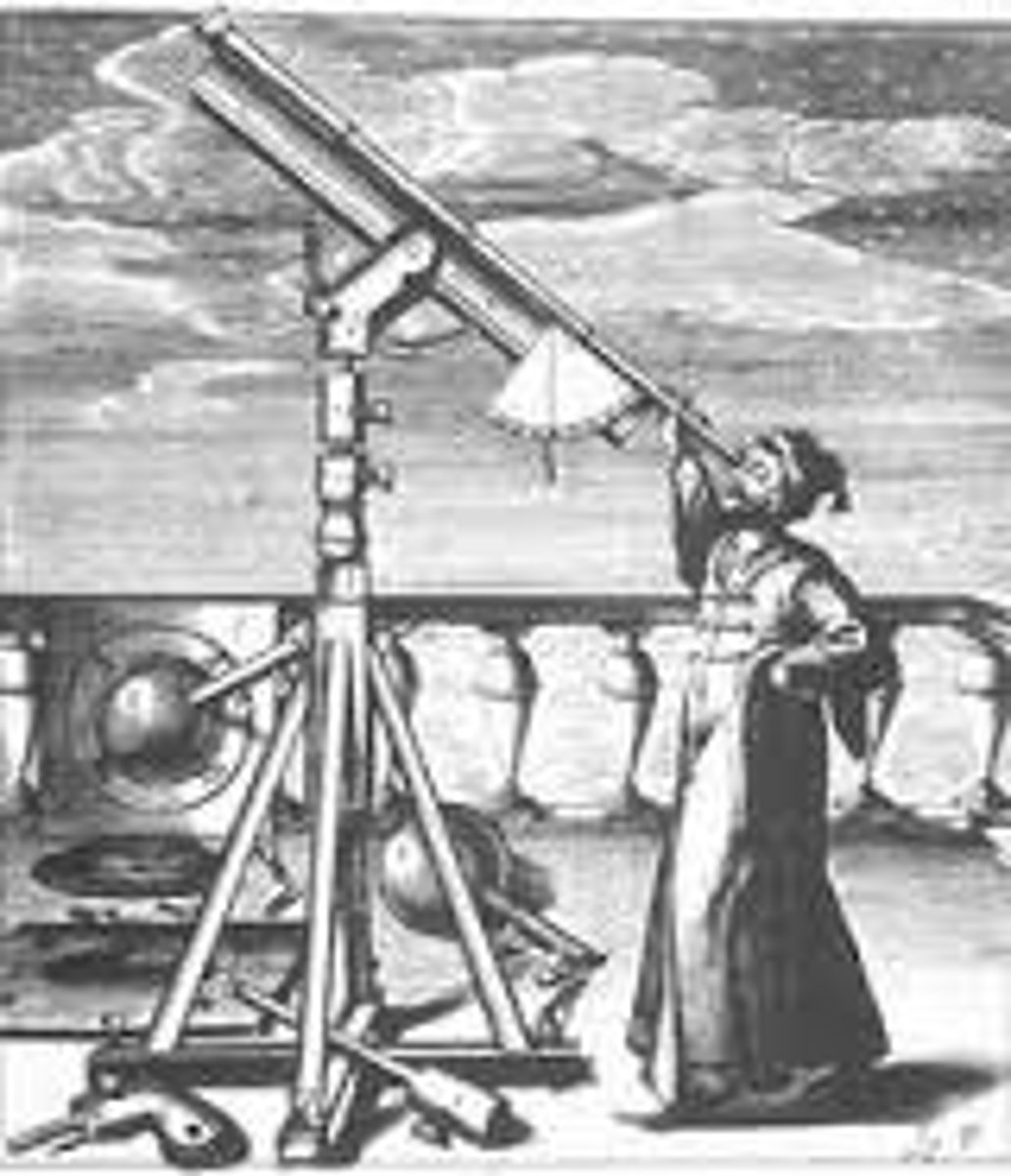
Ptolemaic universe
The model for the universe, put forth by the ancient Greek astronomer Ptolemy, that had the Earth at the center, with the sun, moon, planets, and stars revolving around it.
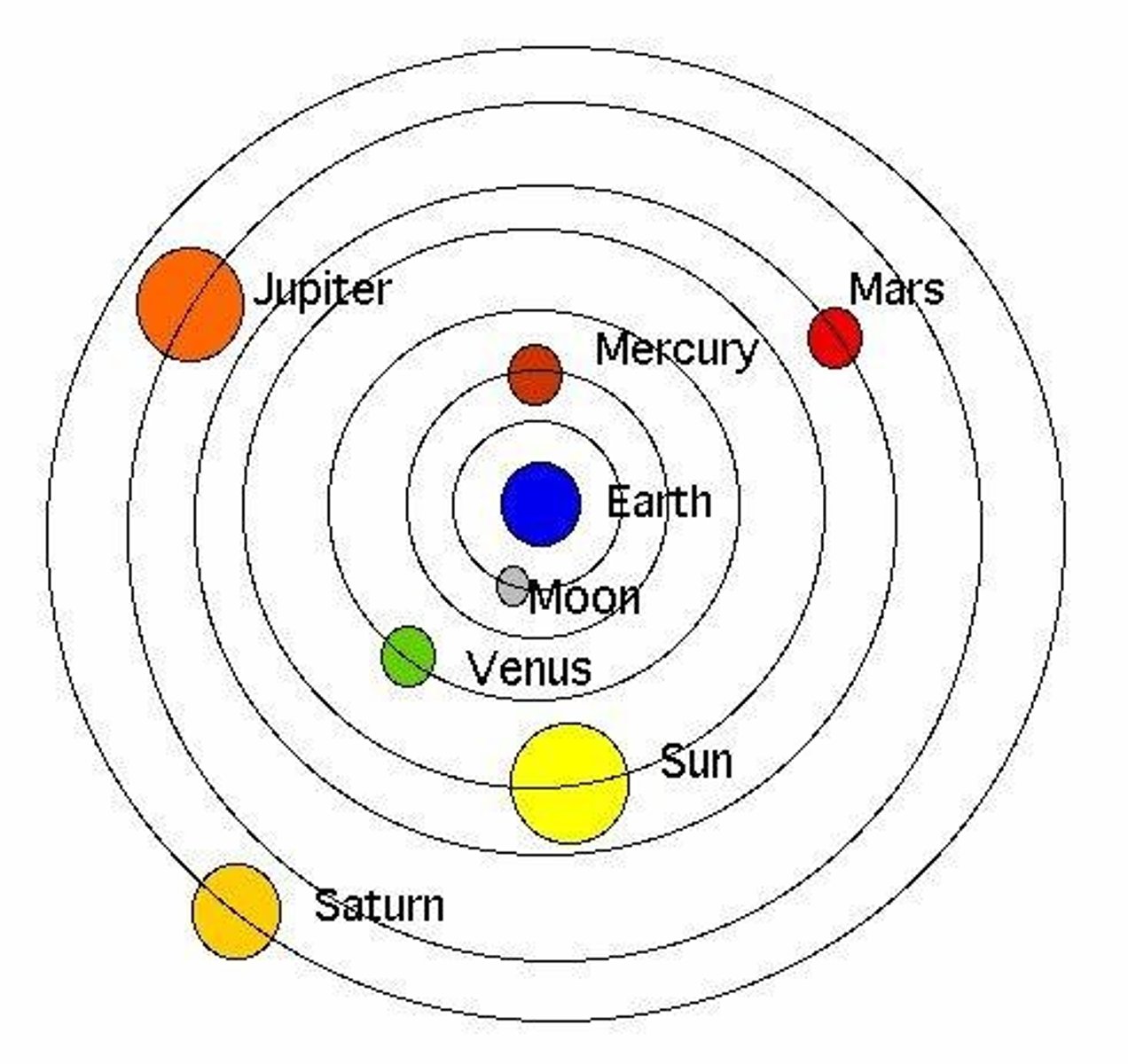
Aristotle
an ancient authority for medieval scientists, believed the planets had perfect circular orbits and believed in geocentric conception. He also believed that an object was in rest until a force acted upon it.
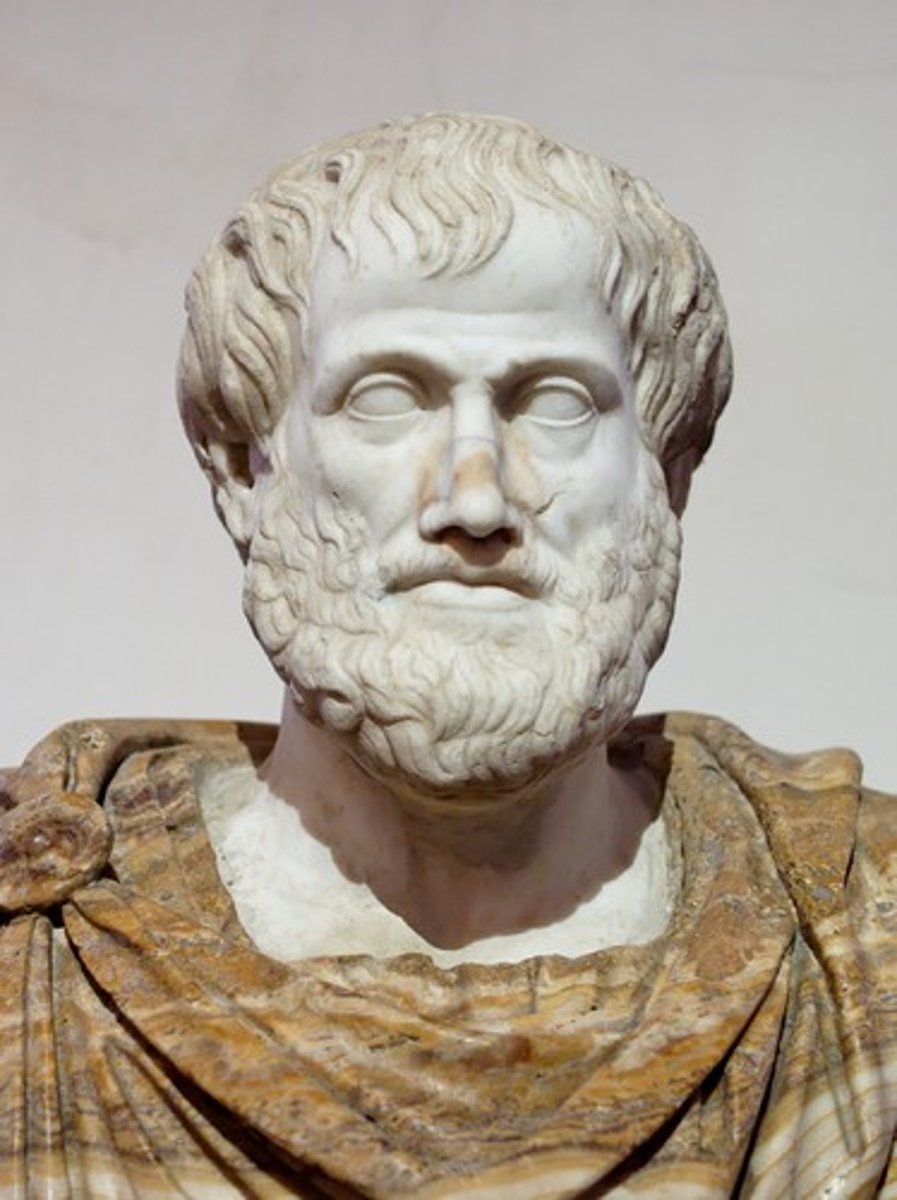
Geocentric System
a theory from Ptolemy, which said that the earth was the center of the universe, orbited in perfect circles by transparent spheres, and beyond that was heaven. Also called the Ptolemaic system.
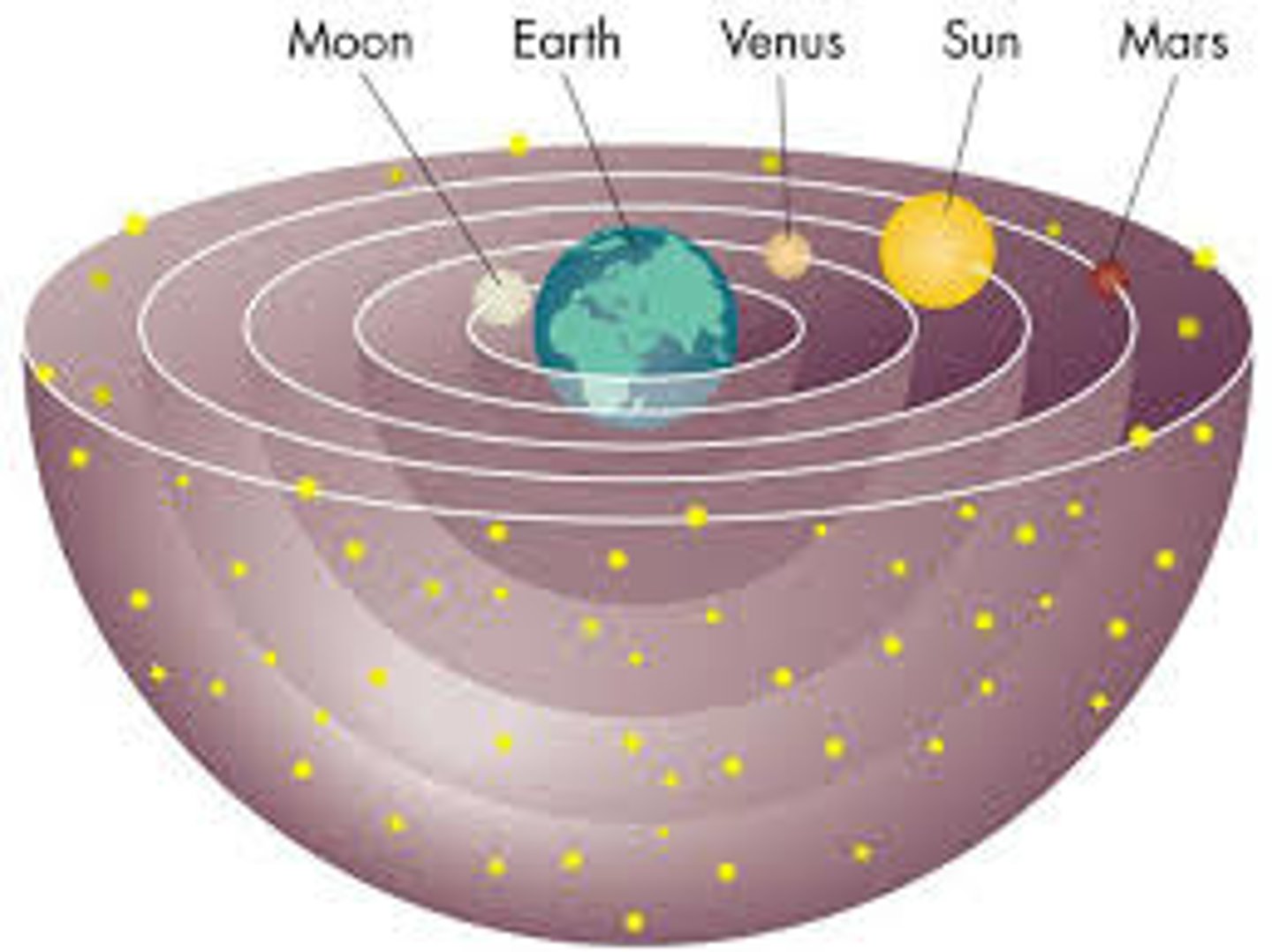
Nicolaus Copernicus & "On the Revolutions of the Heavenly Spheres"
(1473-1543) Polish clergyman. Sun was the center of the universe; the planets went around it. On the Revolution of Heavenly Spheres. Destroyed Aristotle's view of the universe - heliocentric theory.
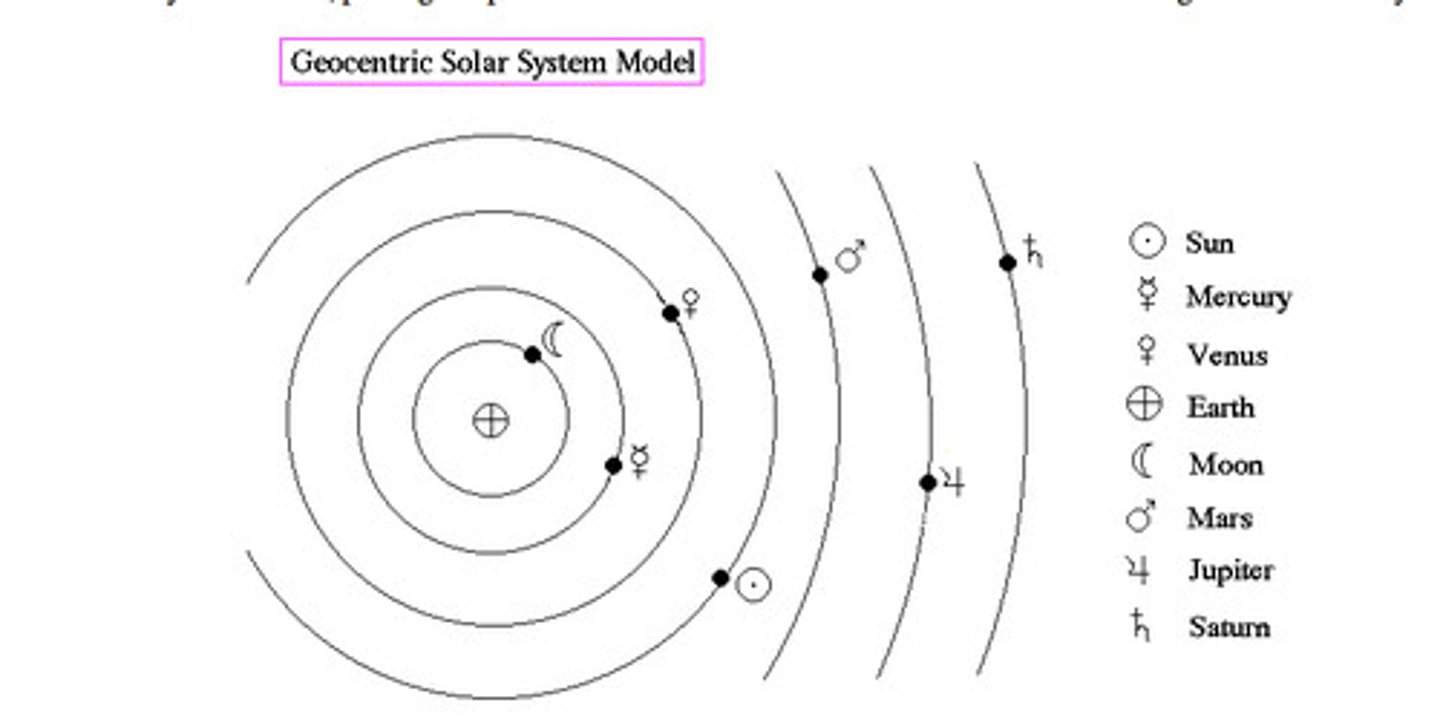
Heliocentric System
a theory presented by Copernicus in which the earth and planets revolved around the sun, and the moon revolves around the earth
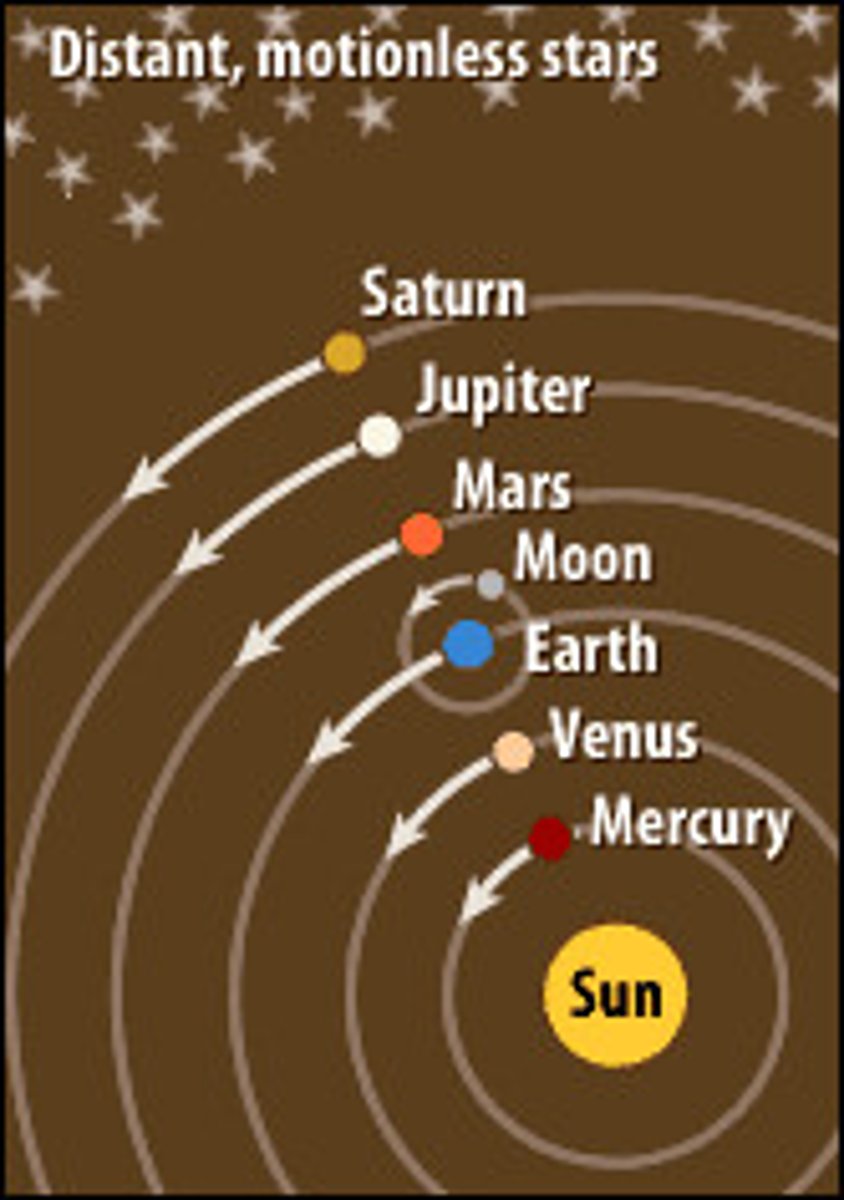
Tycho Brahe
Dutch, he recorded observations in his observatory that Kepler would use later on, and had Johannes Kepler as an apprentice. Was also imperial mathematician to Rudolf II
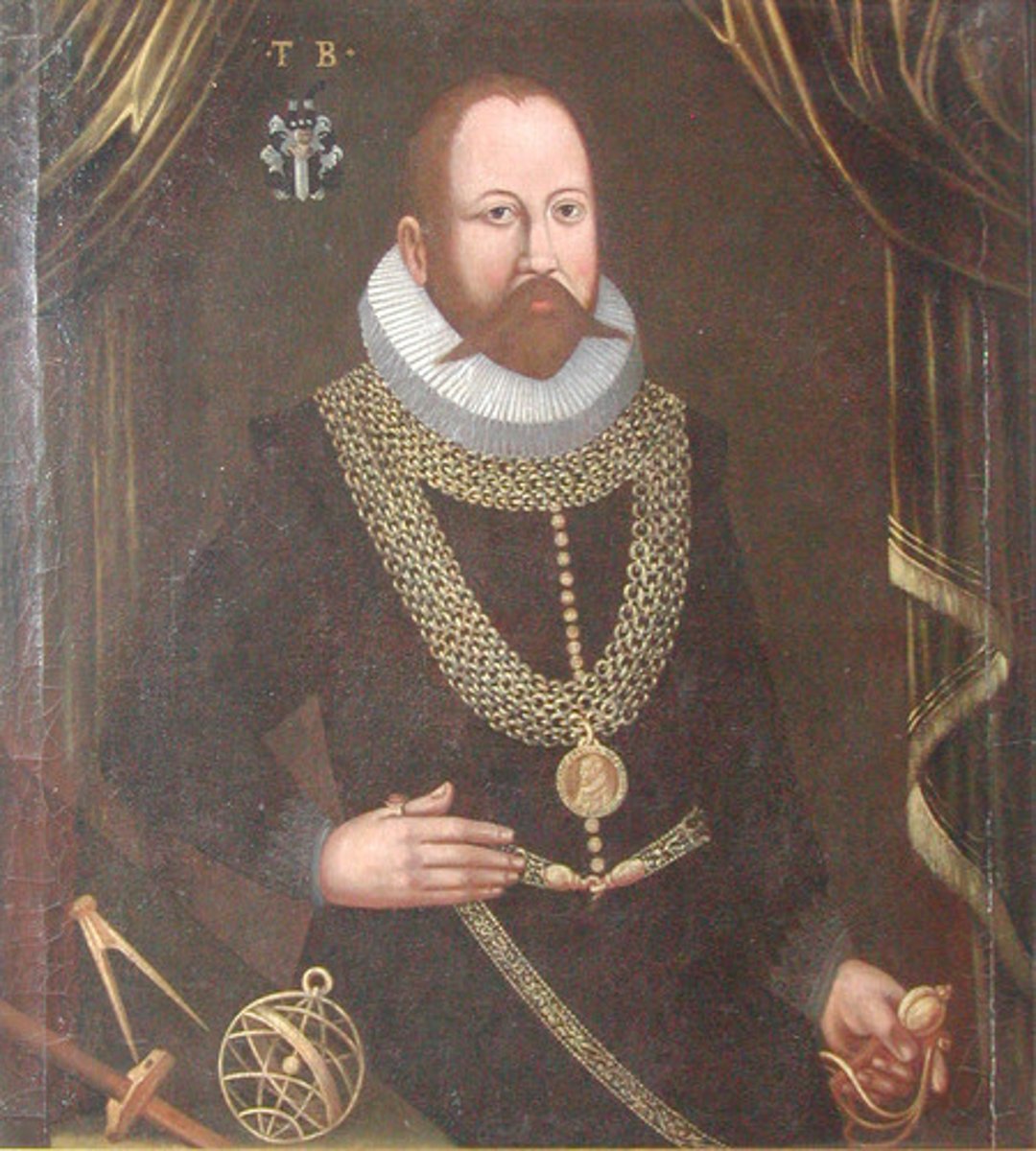
Johannes Kepler & The Three Laws of Planetary Motion
Dutch, he used Brahe's observations to make the 3 Laws of Planetary Motion, supporting Heliocentric theory. The Laws showed that the planets' orbits were elliptical and not circular, that the speed of orbit is not constant, and that the planets' revolution speed was proportionate to their orbit size
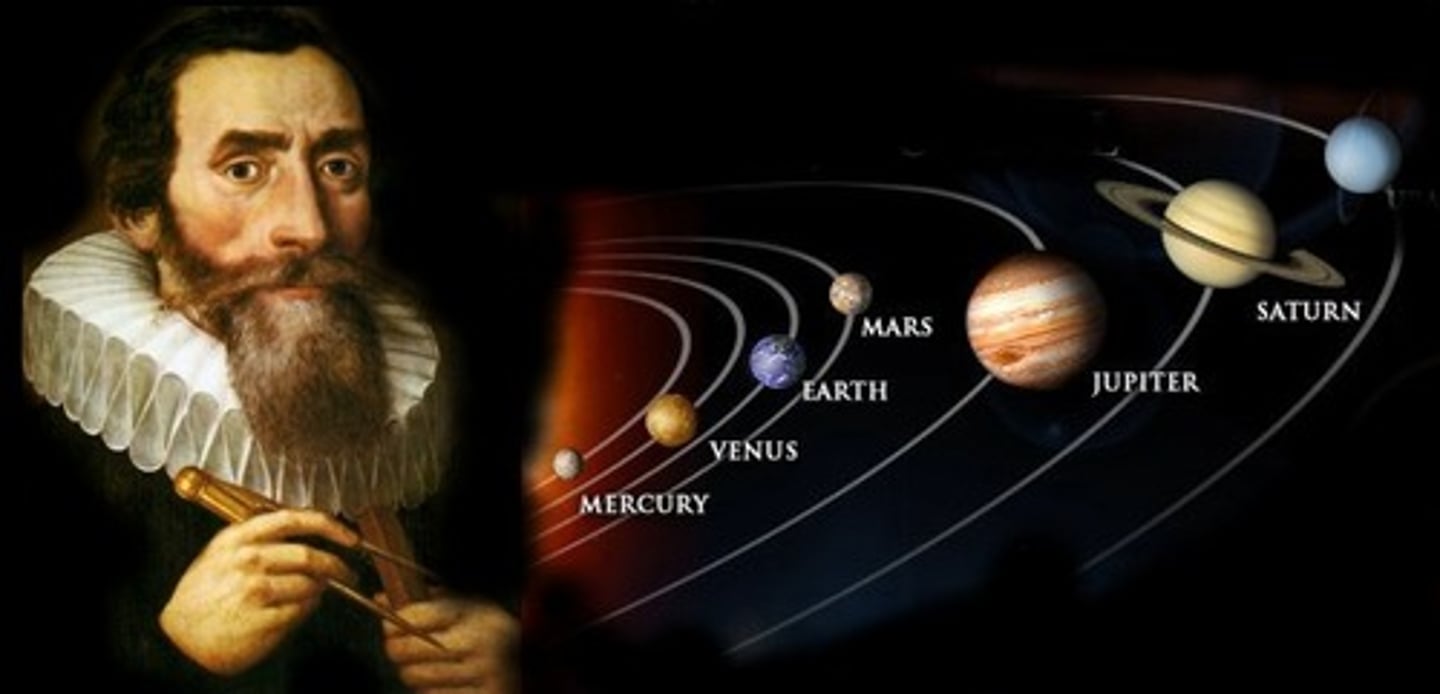
Galileo
(1564-1642) An Italian who provided more evidence for heliocentrism and questioned if the heavens really were perfect. He invented a new telescope, studied the sky, and published what he discovered. Because his work provided evidence that the Bible was wrong he was arrested and ended up on house arrest for the rest of his life.
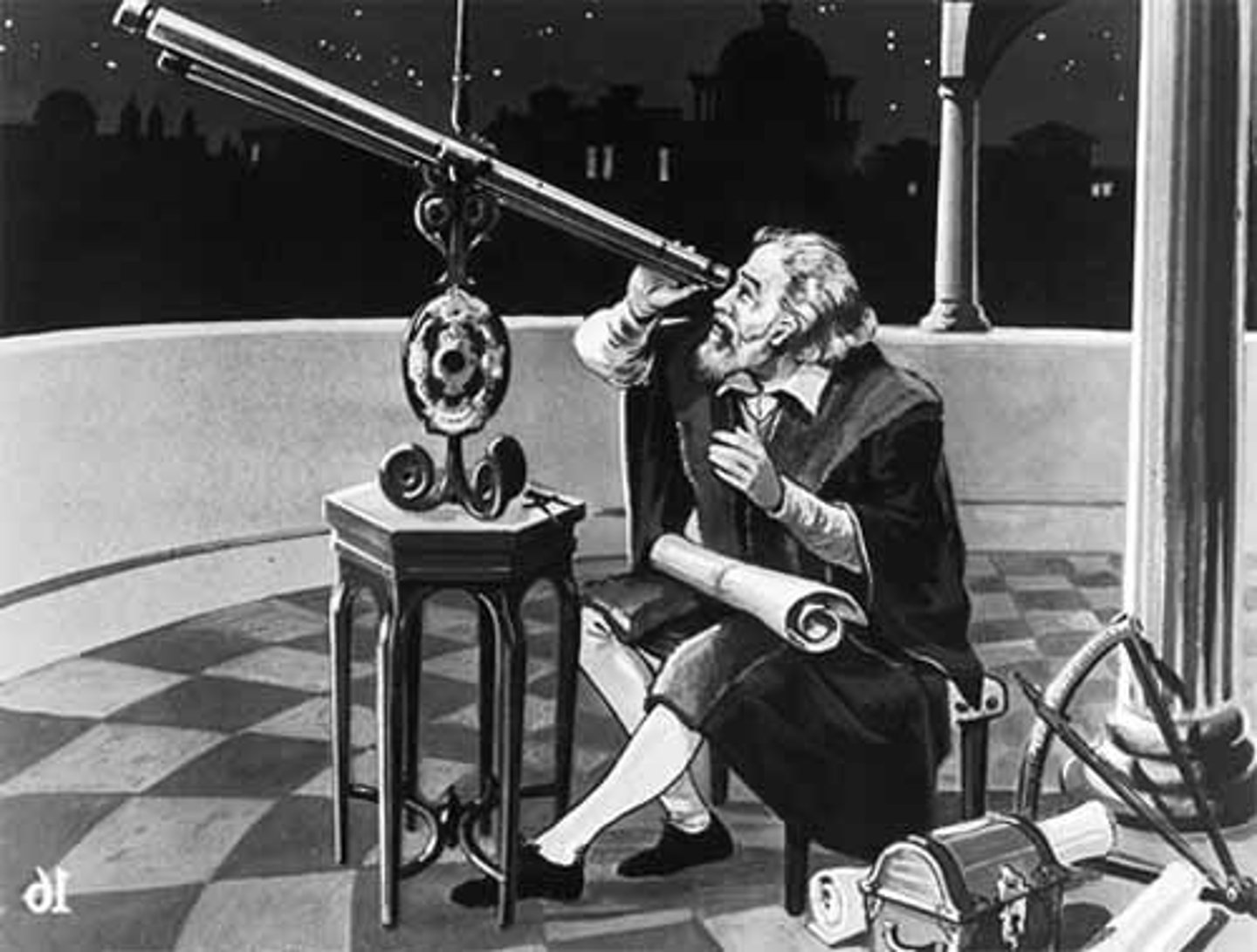
Sir Isaac Newton
used sciences of math and physics to explain movement of planets around the sun. His laws of motion and gravity described how the universe could operate by means of natural forces.
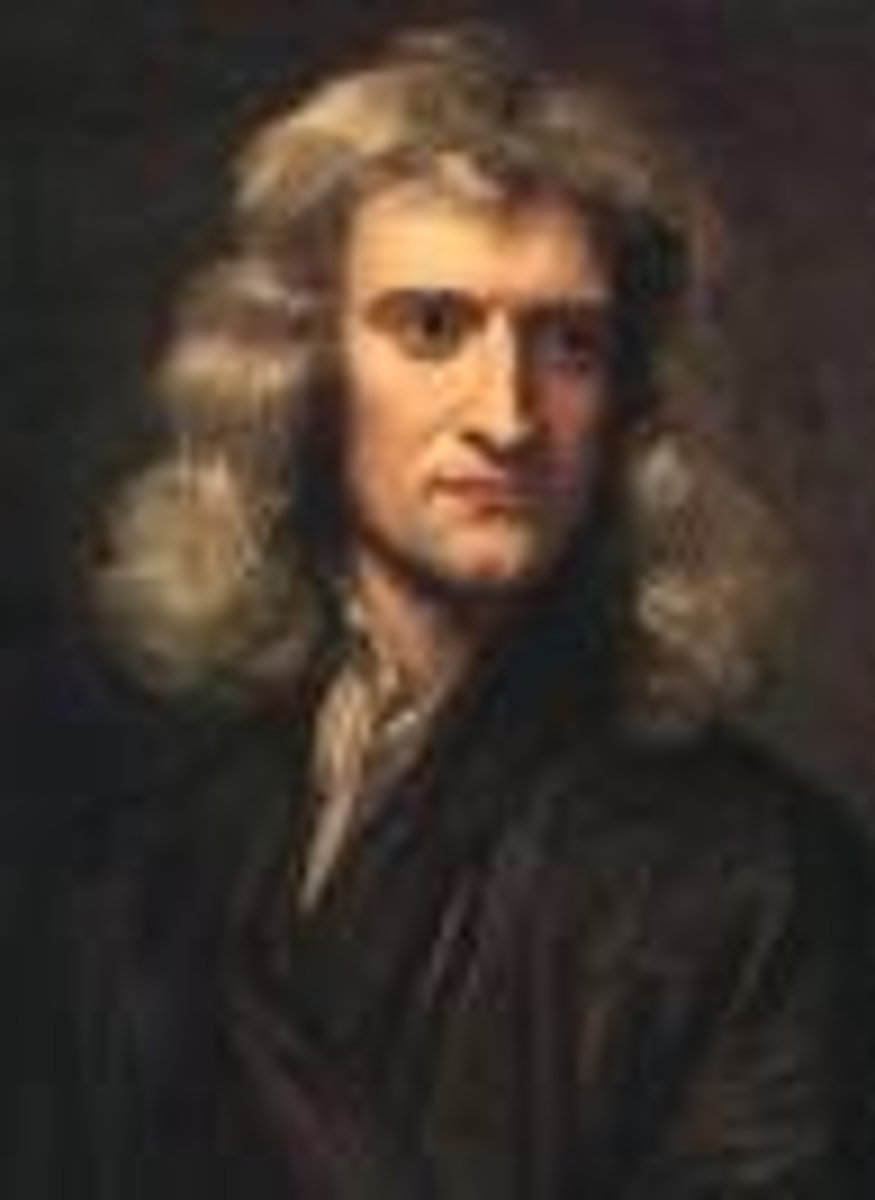
Andreas Vesalius & "On the Fabric of the Human Body"
a professor of surgery, he published this book, which was an examination of the organs and general structure of the body. It used Renaissance art techniques. He observed that blood vessels came from the heart, not liver, and corrected more of galen's errors.
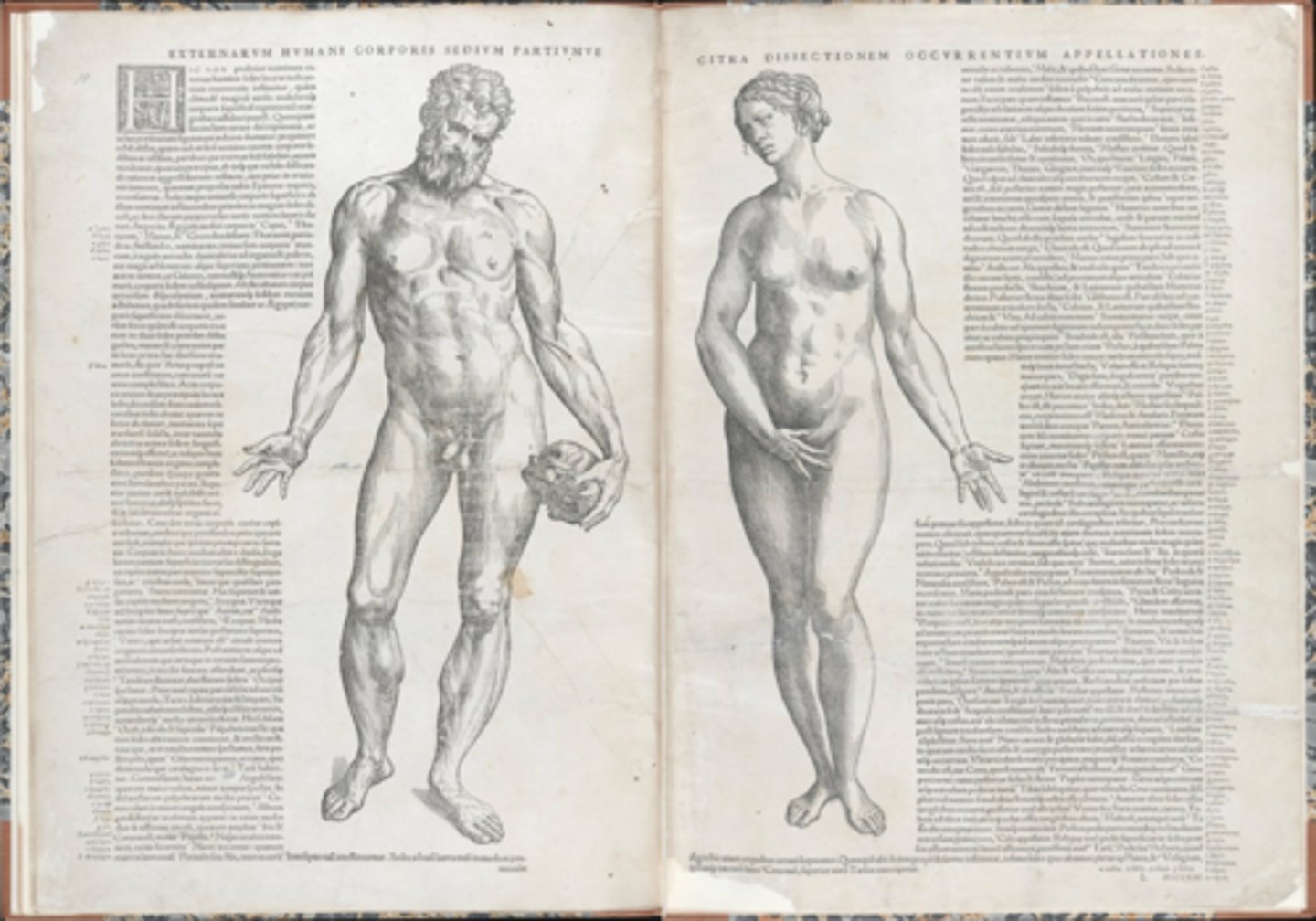
Margaret Cavendish
an aristocratic woman involved in much of the scientific debate of the time, but excluded from membership of the Royal Society. She wrote "Observations upon Experimental Philosophy" and "Ground of Natural Philisophy", attacking the defects of rationalist and empiricist science and criticizing the belief that humans could master nature. She was a good example of scientific women in France and England
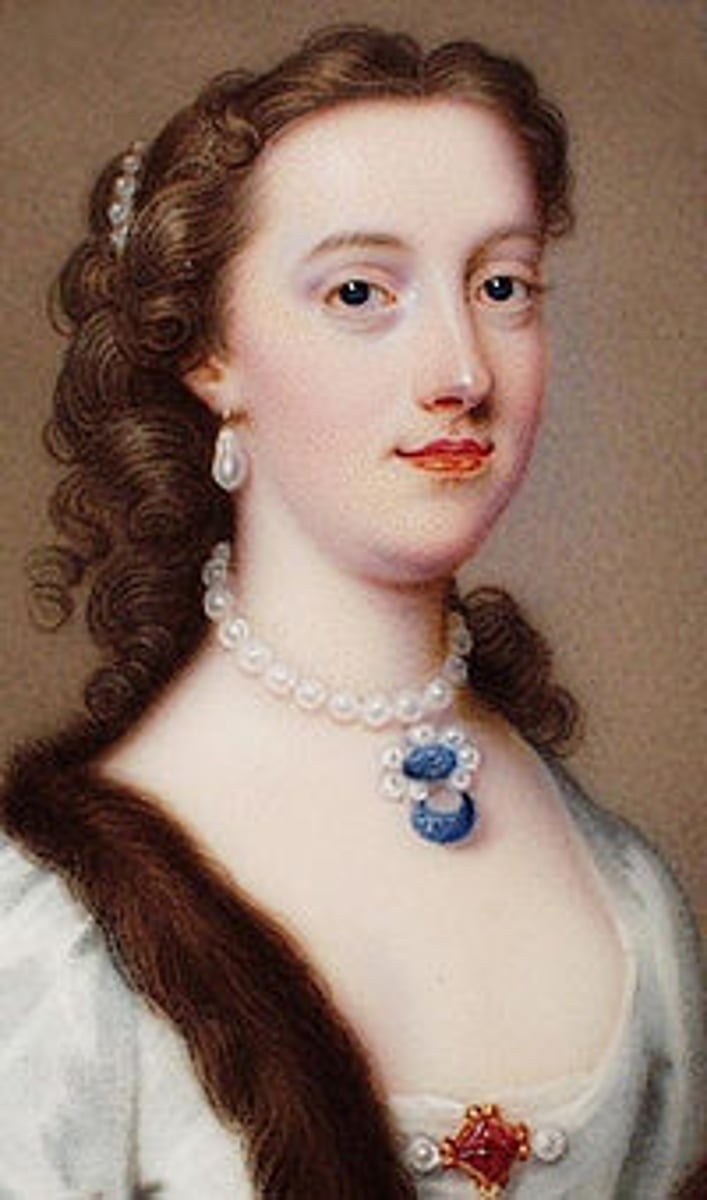
Rene Descartes & "Discourse on Method"
he reflected the doubt and uncertainty in the 17th century, doubting everything except his own existence (I think, therefore I am) and accepted only those things that his reason said were true. He believed in the separation of mind and matter and Cartesian Dualism. He has been called the father of rationalism, and was condemned by the Catholic Church
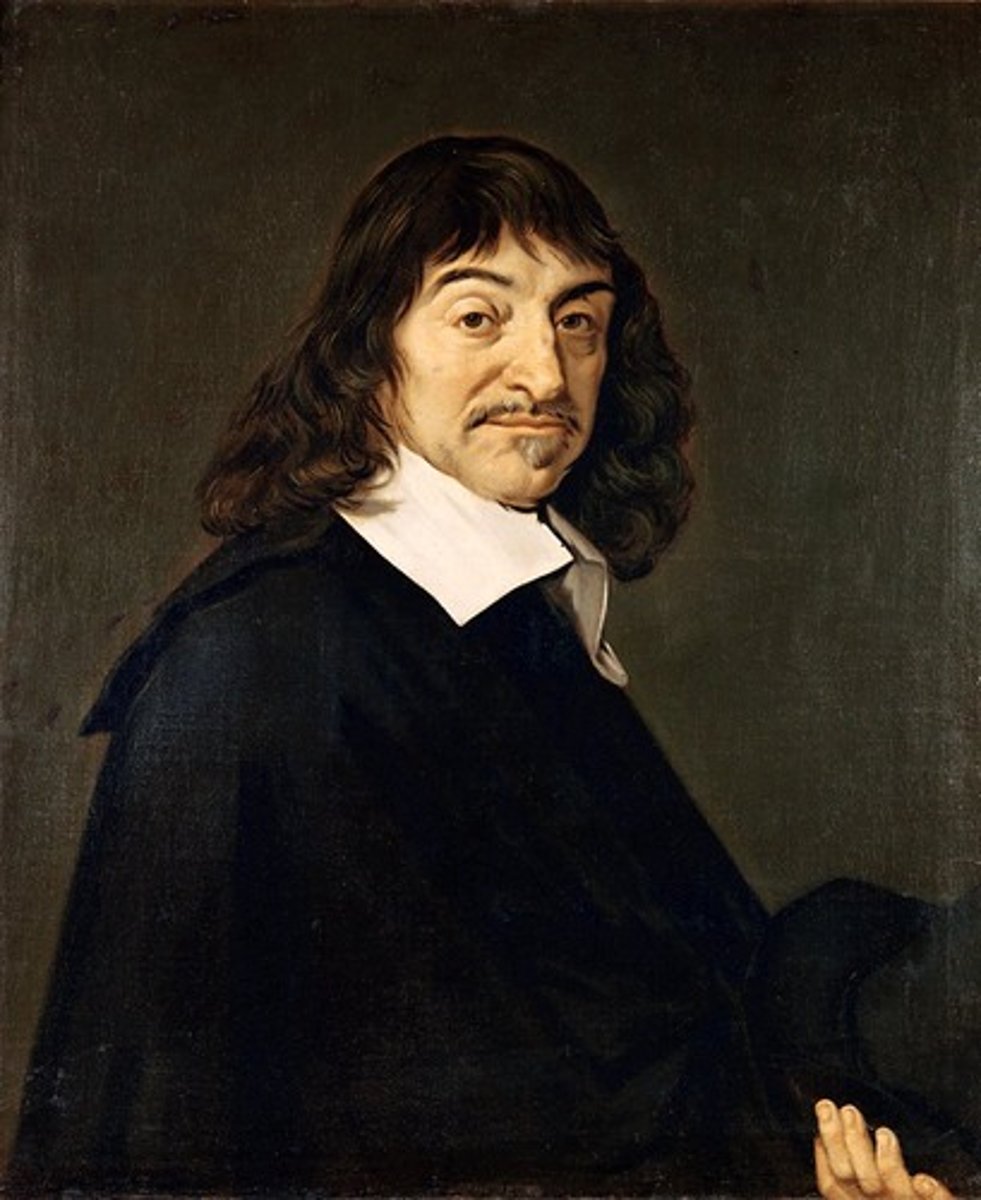
Rationalism
a system of thought based on the belief that human reason and experience are the chief sources of knowledge
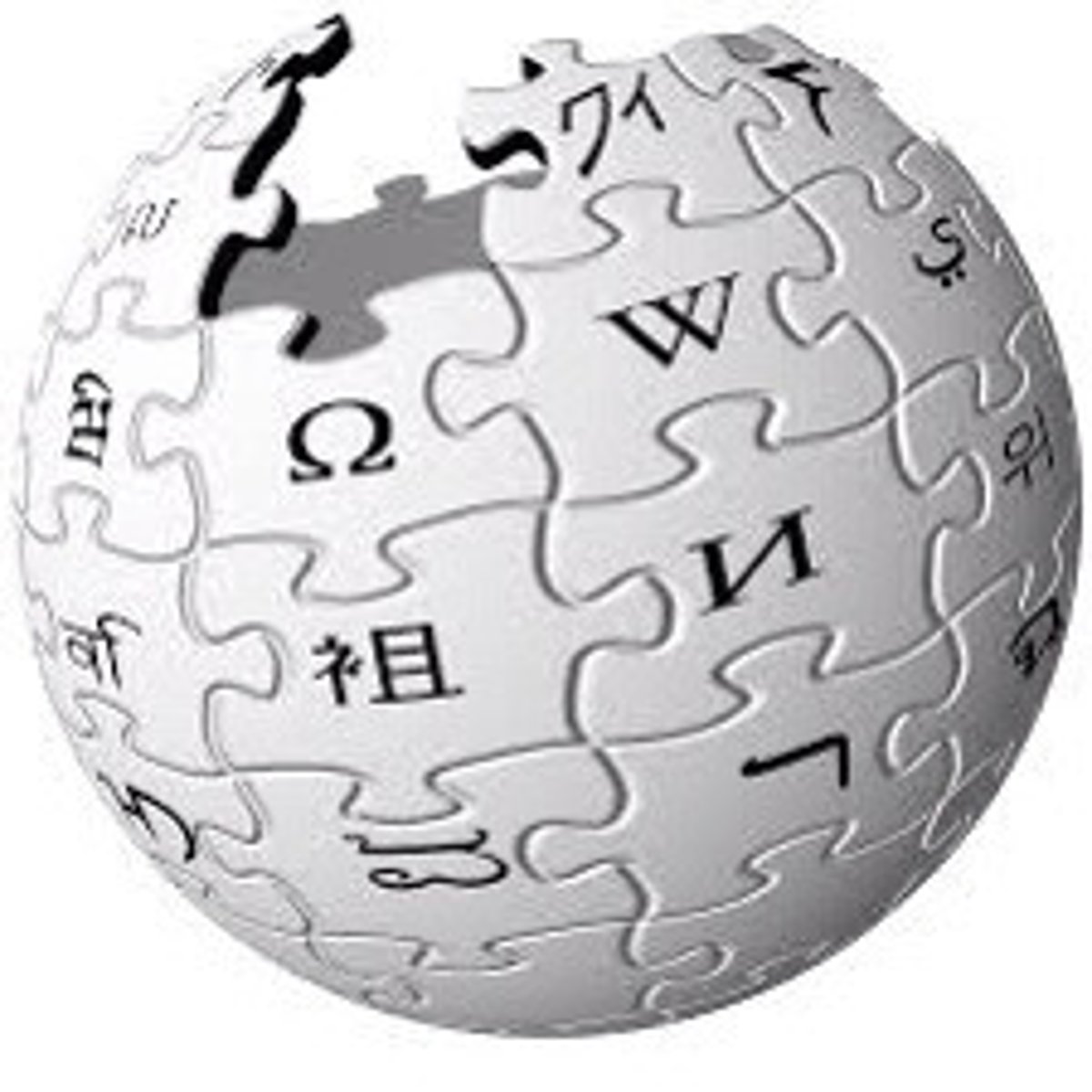
Scientific Method
a method of seeking knowledge through inductive principles, using experiments and observations to develop generalizations
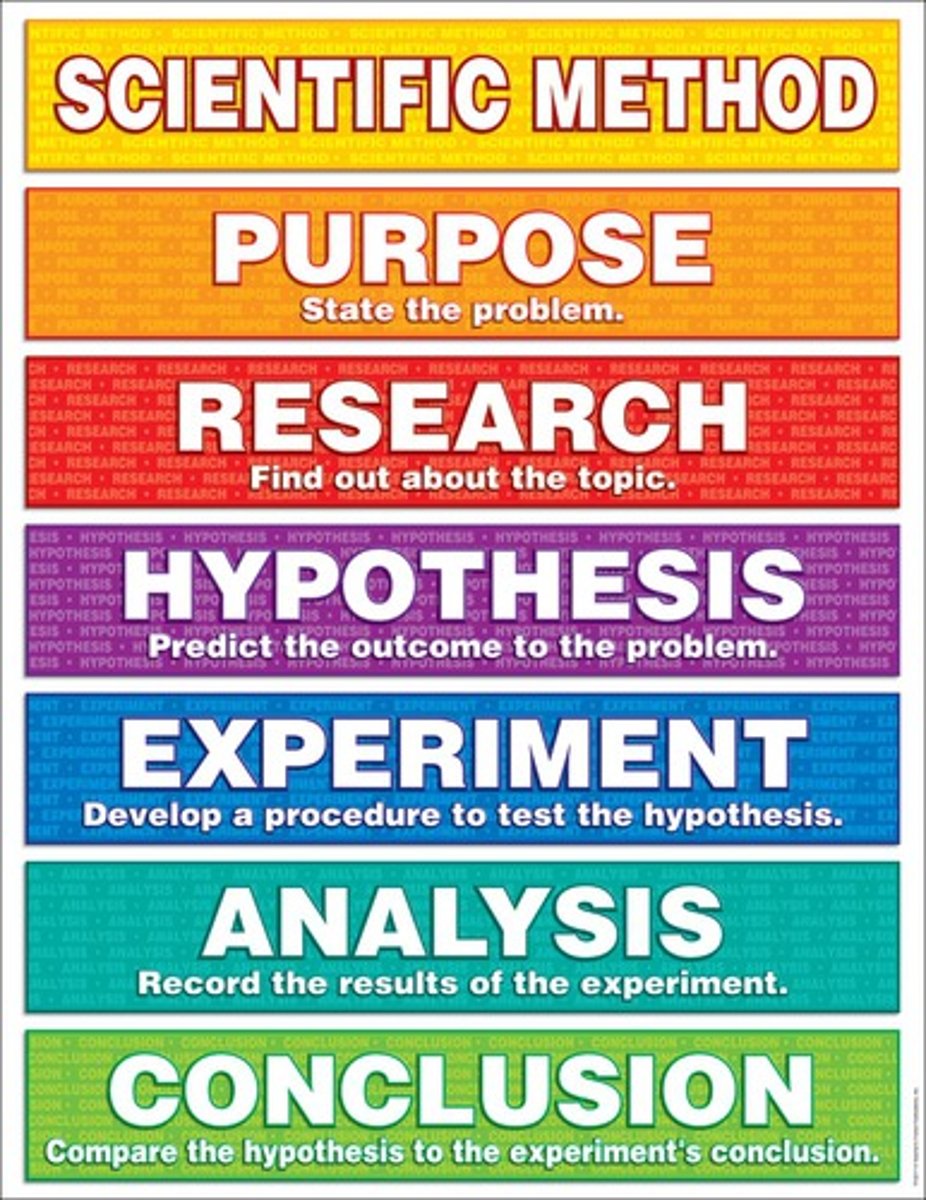
Francis Bacon
a developer of part of the scientific method, he believed in inductive reasoning, by beginning with specific truths to form correct generalizations.
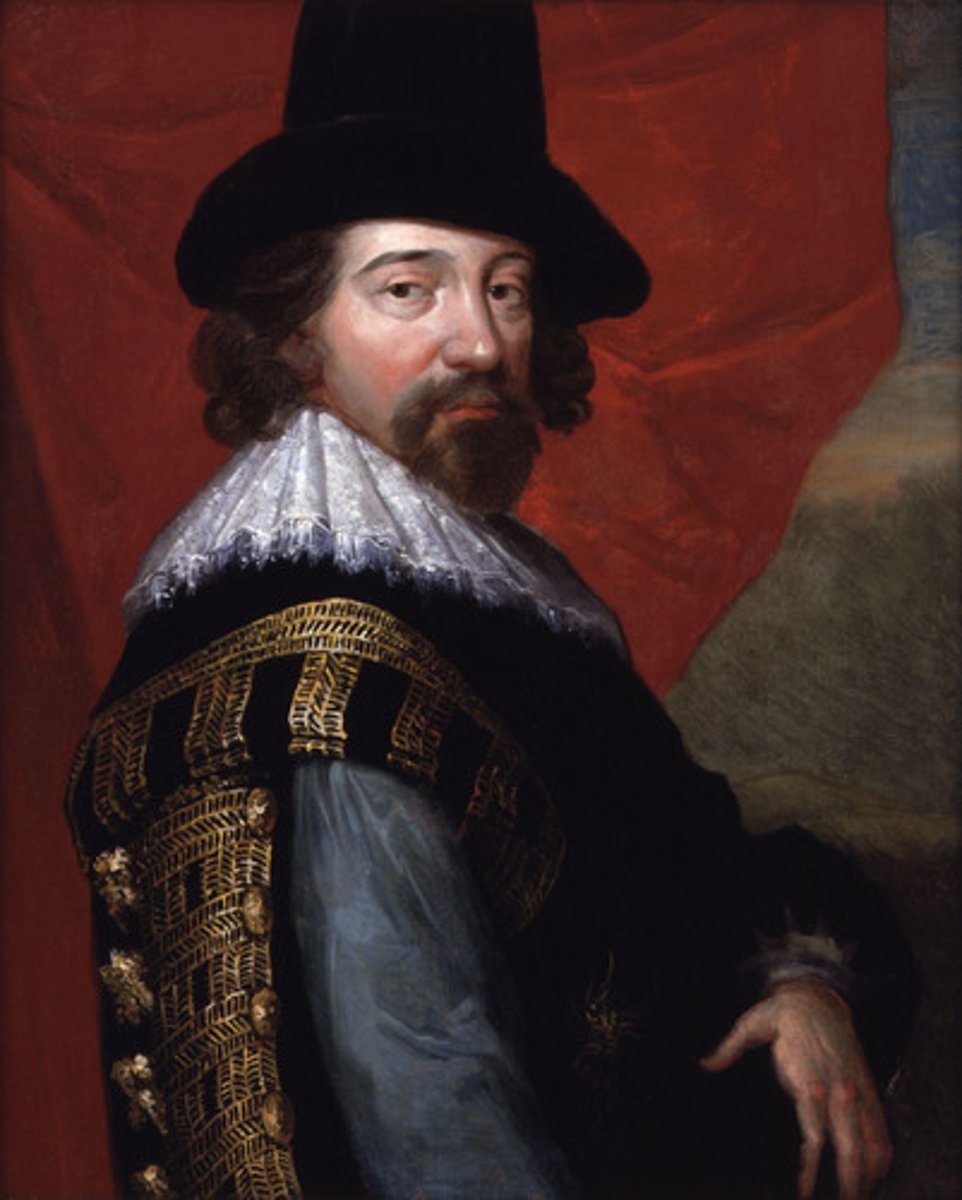
Empircism
the practice of relying on observation and experiment
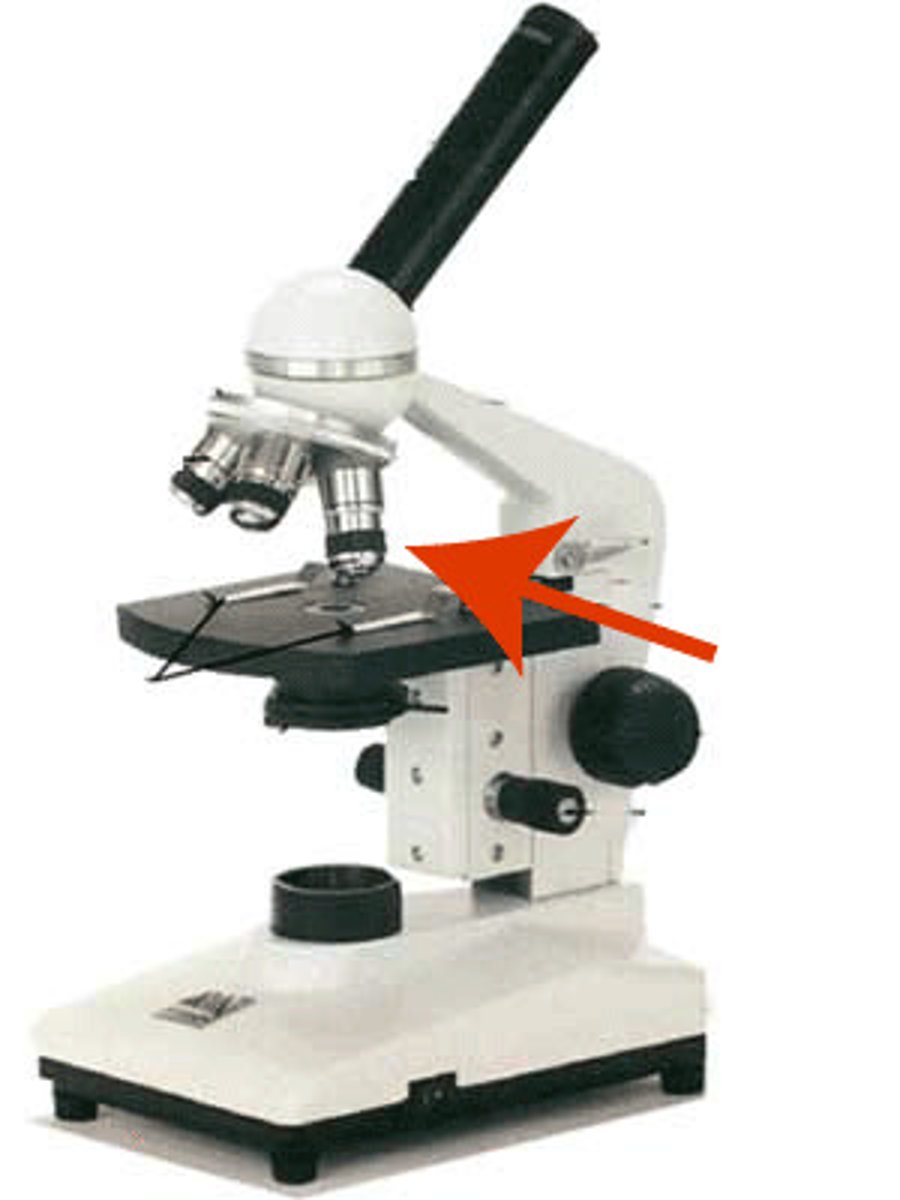
Blaise Pascal
A French scientist who wanted to keep science and religion united. He tried to convert rationalists to Christianity and believed that religion was not contradictory to science
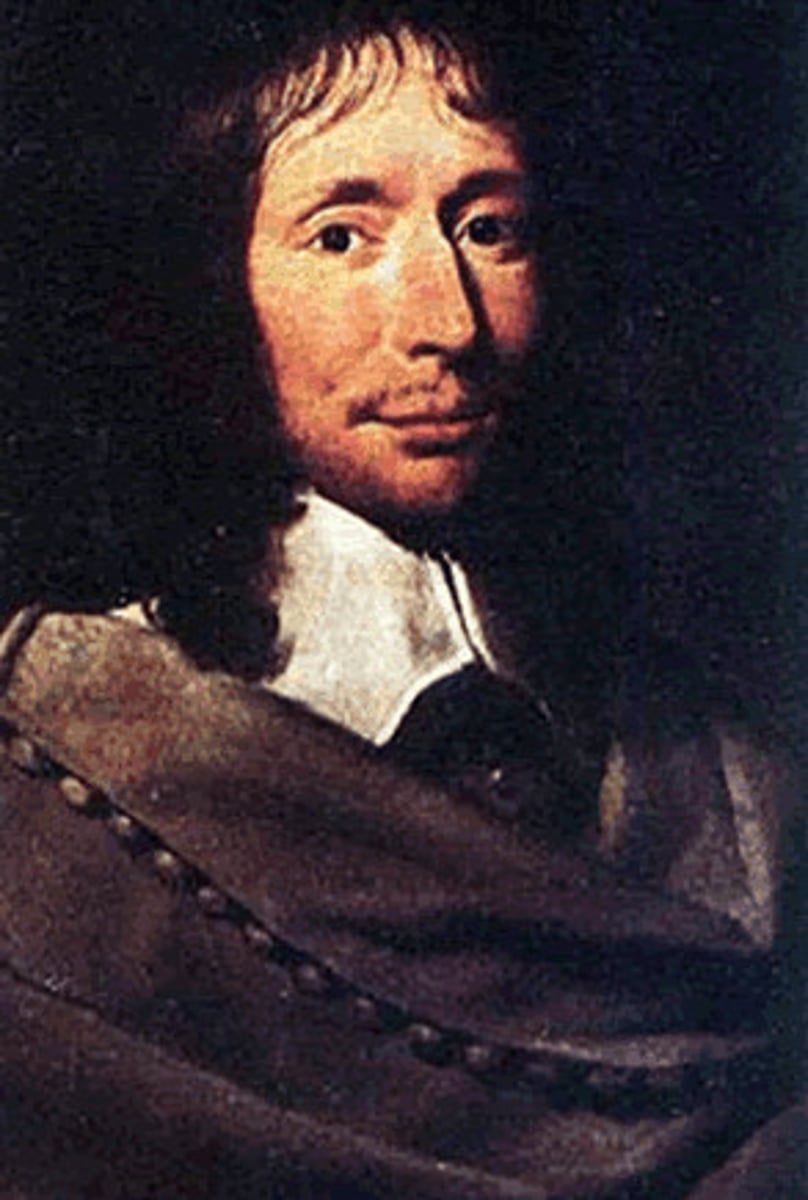
Thomas Hobbes, Leviathan
Believes that humans were naturally selfish and wicked, and governments were needed to keep order and rulers needs absolute power to keep citizens under control.
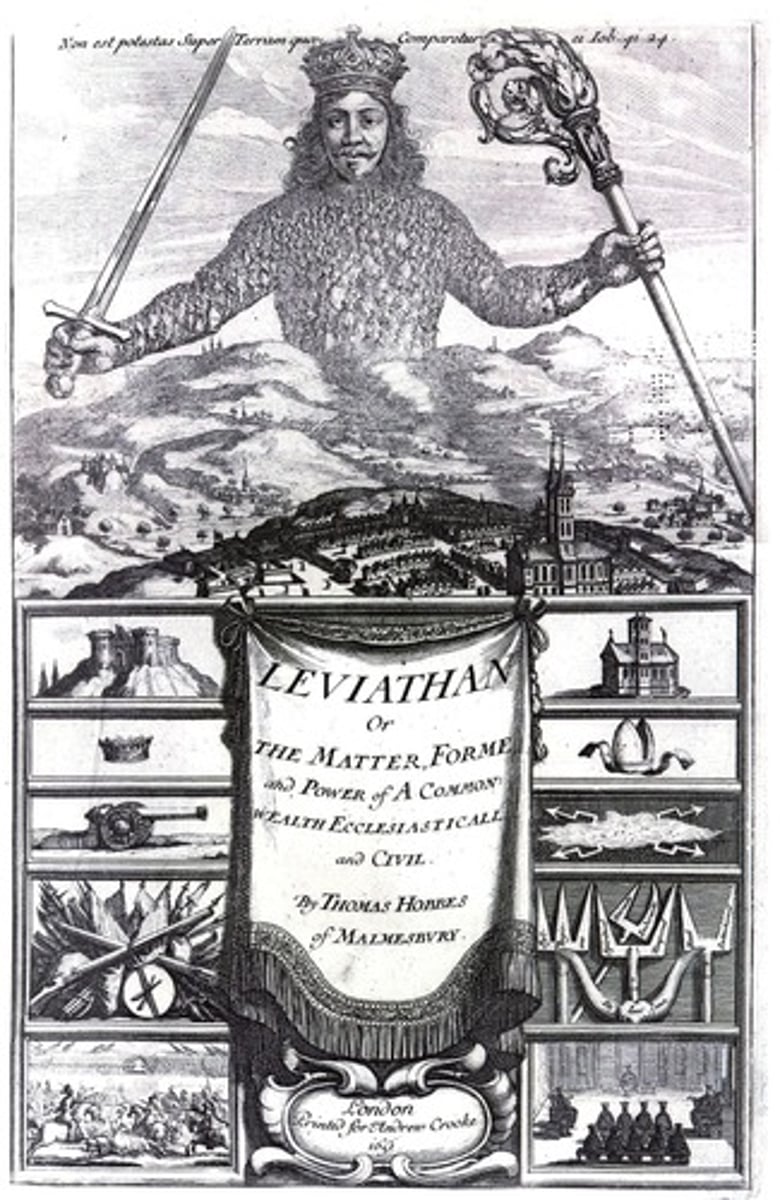
skepticism
theory that certain knowledge is impossible
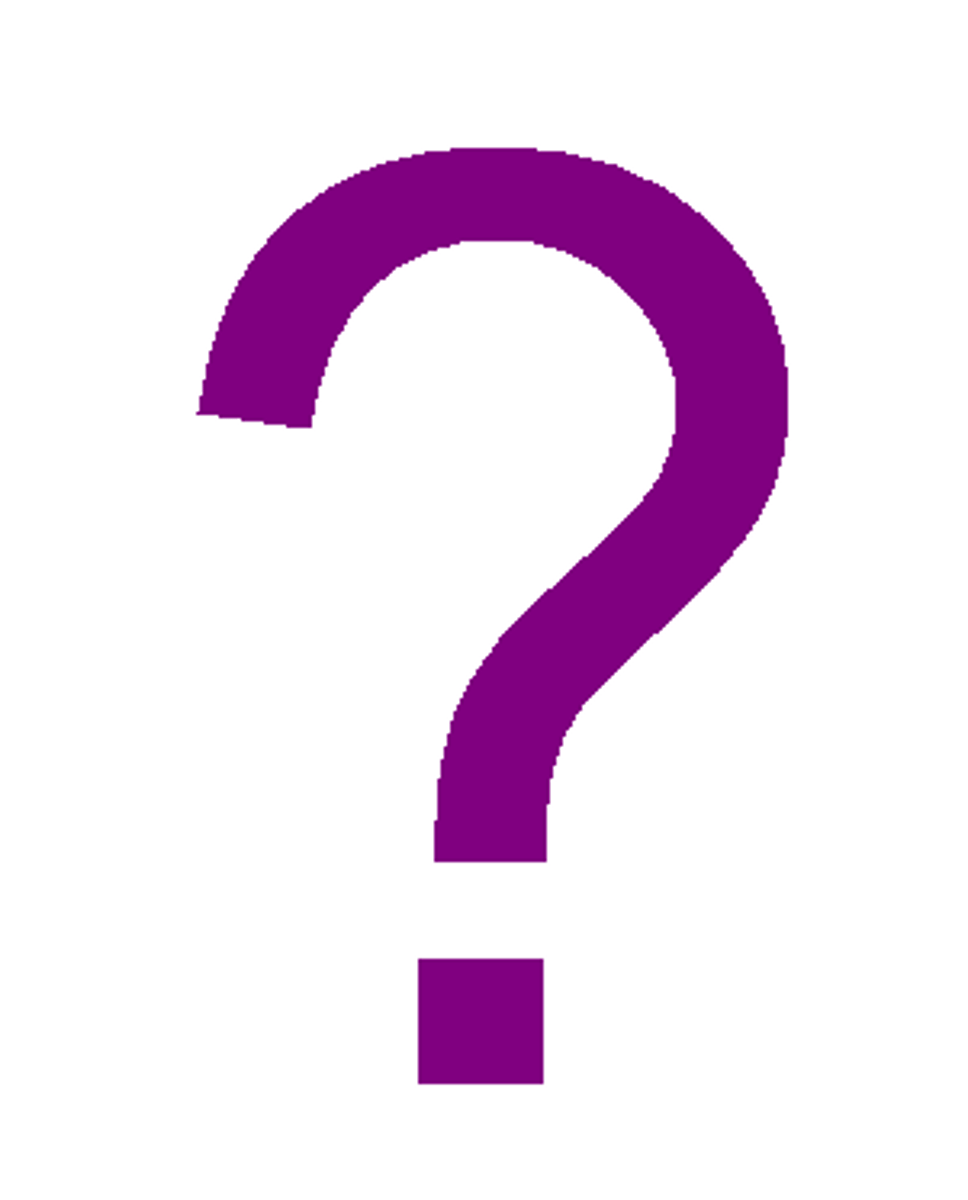
John Locke's Essay Concerning Human Understanding and tabula rasa
Locke's monumental An Essay Concerning Human Understanding (1689) is one of the first great defenses of empiricism and concerns itself with determining the limits of human understanding in respect to a wide spectrum of topics
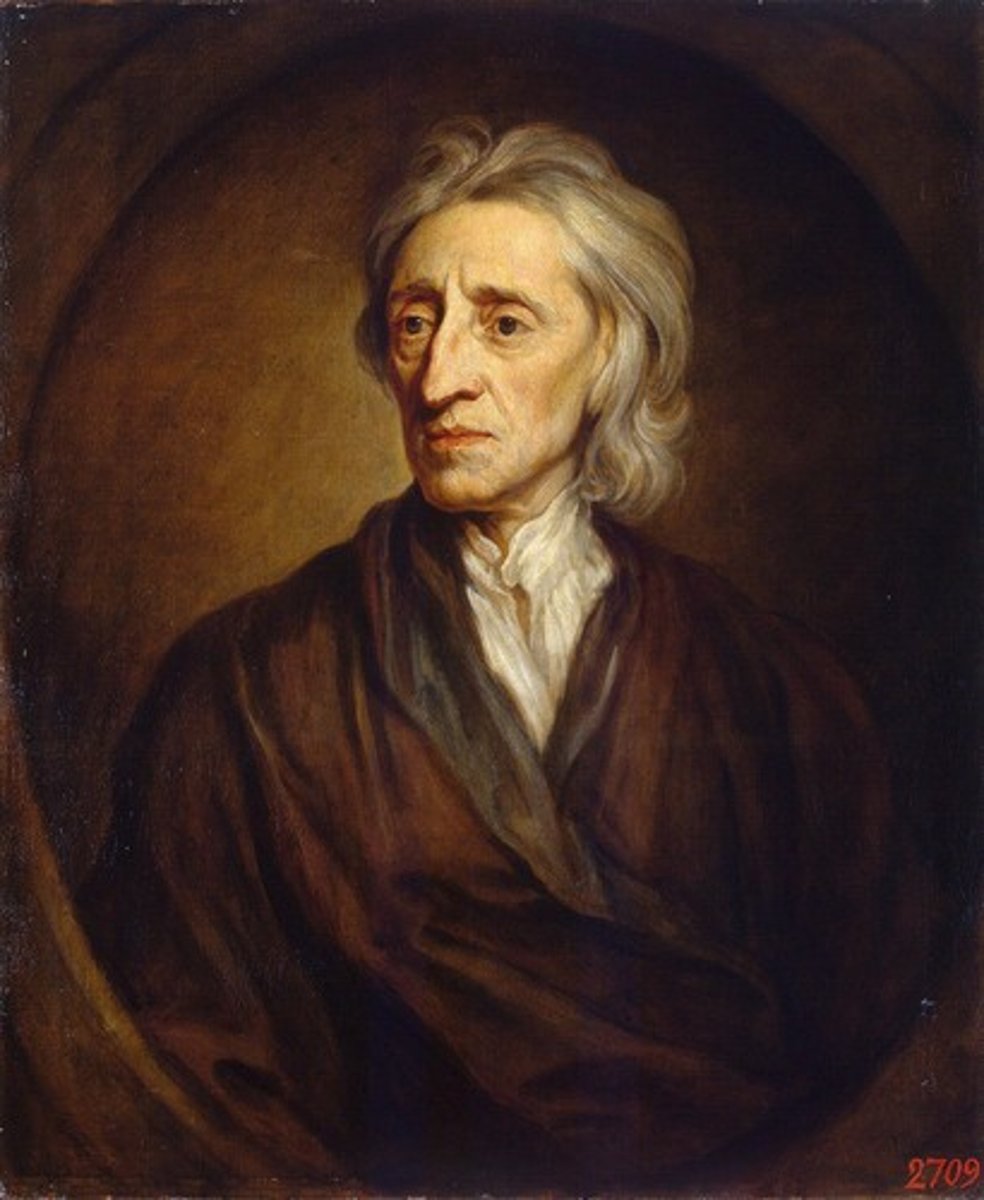
Ptolemy
an ancient authority for medieval times, he came up with the Geocentric system
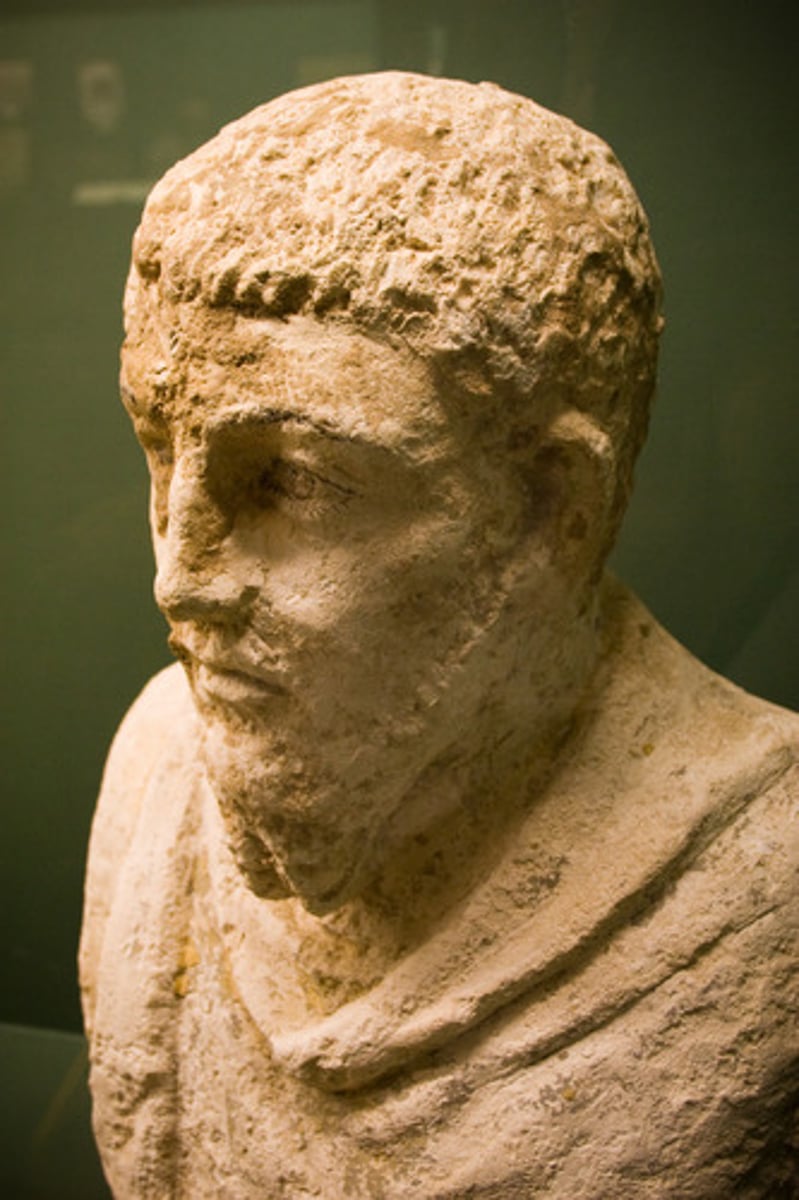
Galen
Greek physician whose ideas on medicine dominated through the Middle Ages. He relied on animal, not human, anatomy and dissections, and believed that there were two blood systems, one vascular/muscular, and one digestive. He believed that disease was a result of an imbalance of "Humors" that could be diagnosed through the urine, and treatments could be harmful or beneficial to the patient
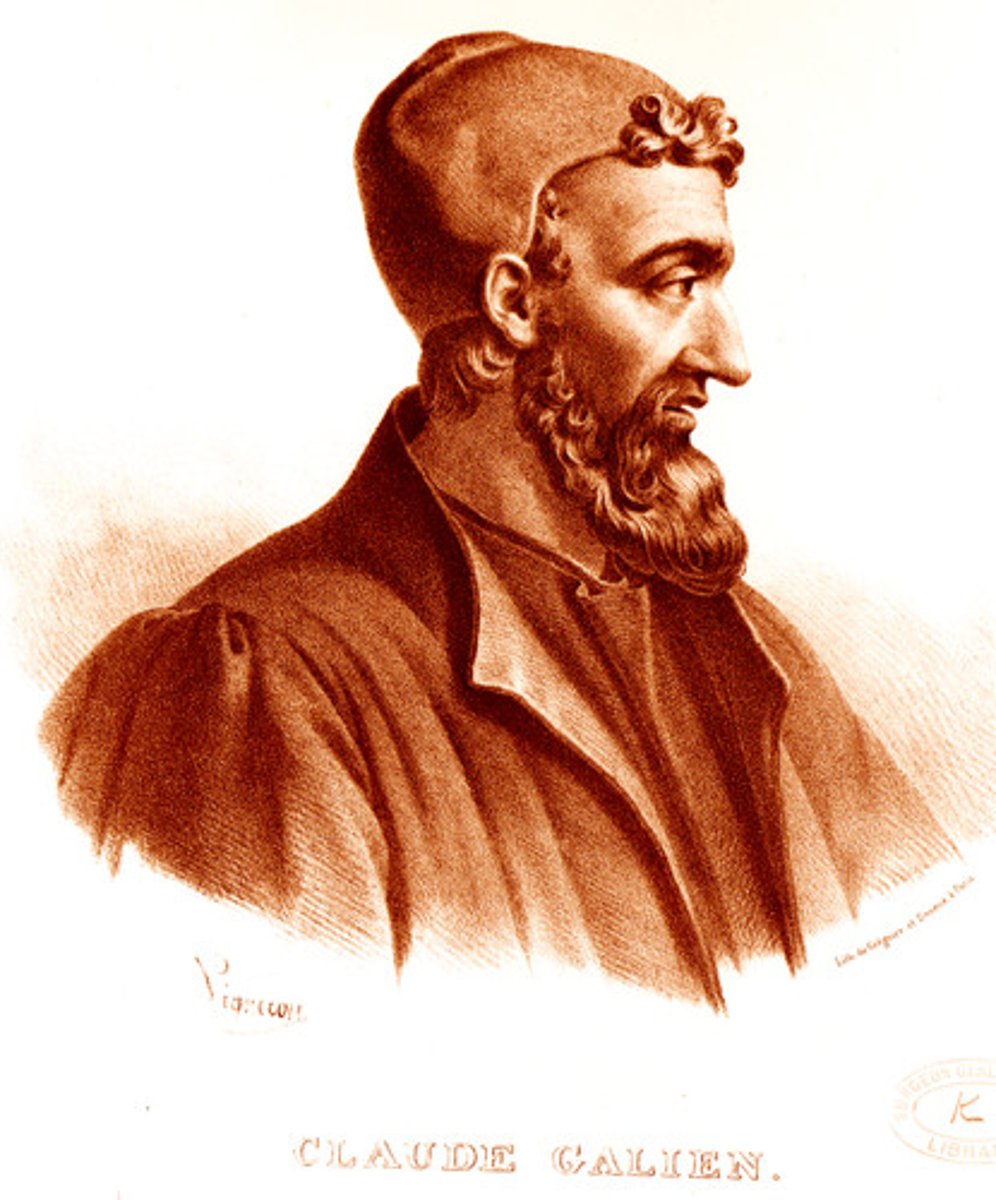
"Institutes of sharing"
Societies that allowed members of different social classes to gather to share ideas regarding new science, ex: the Royal Society of London and French Academy of Sciences
Baroque
An artistic style of the seventeenth century characterized by complex forms, bold ornamentation, and contrasting elements
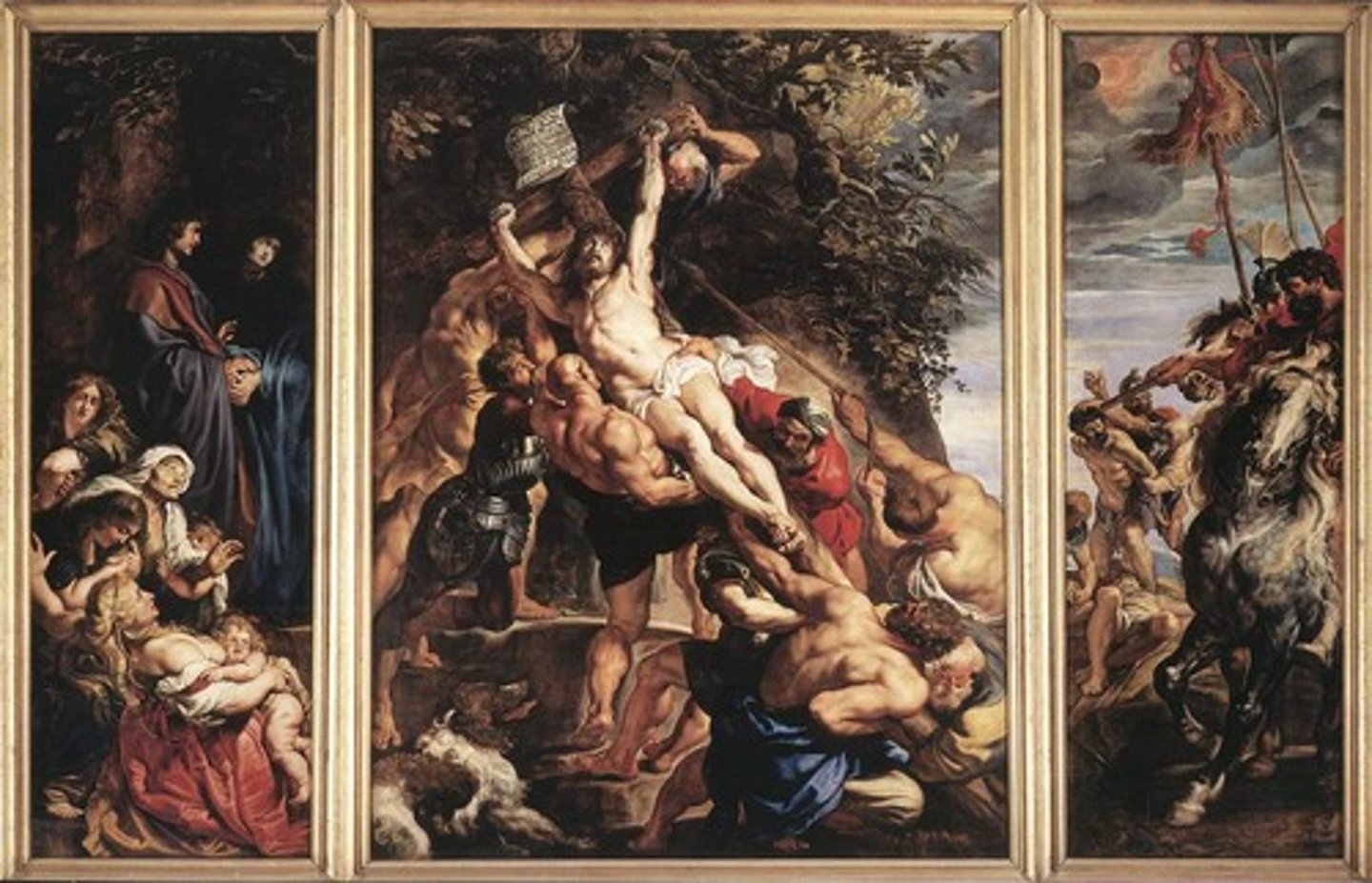
Caravaggio
Italian painter noted for his realistic depiction of religious subjects and his novel use of light
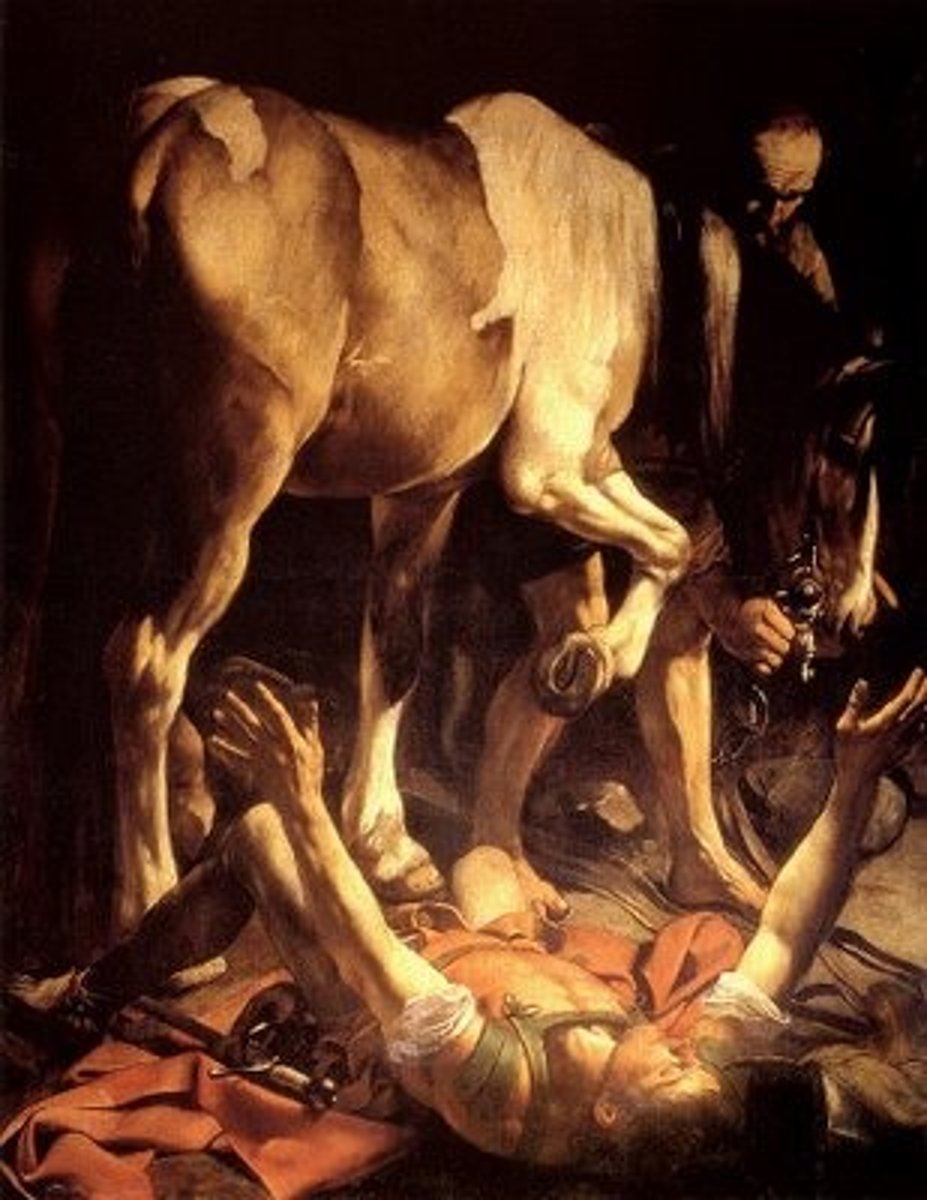
Bernini
Italian sculptor and architect of the Baroque period in Italy
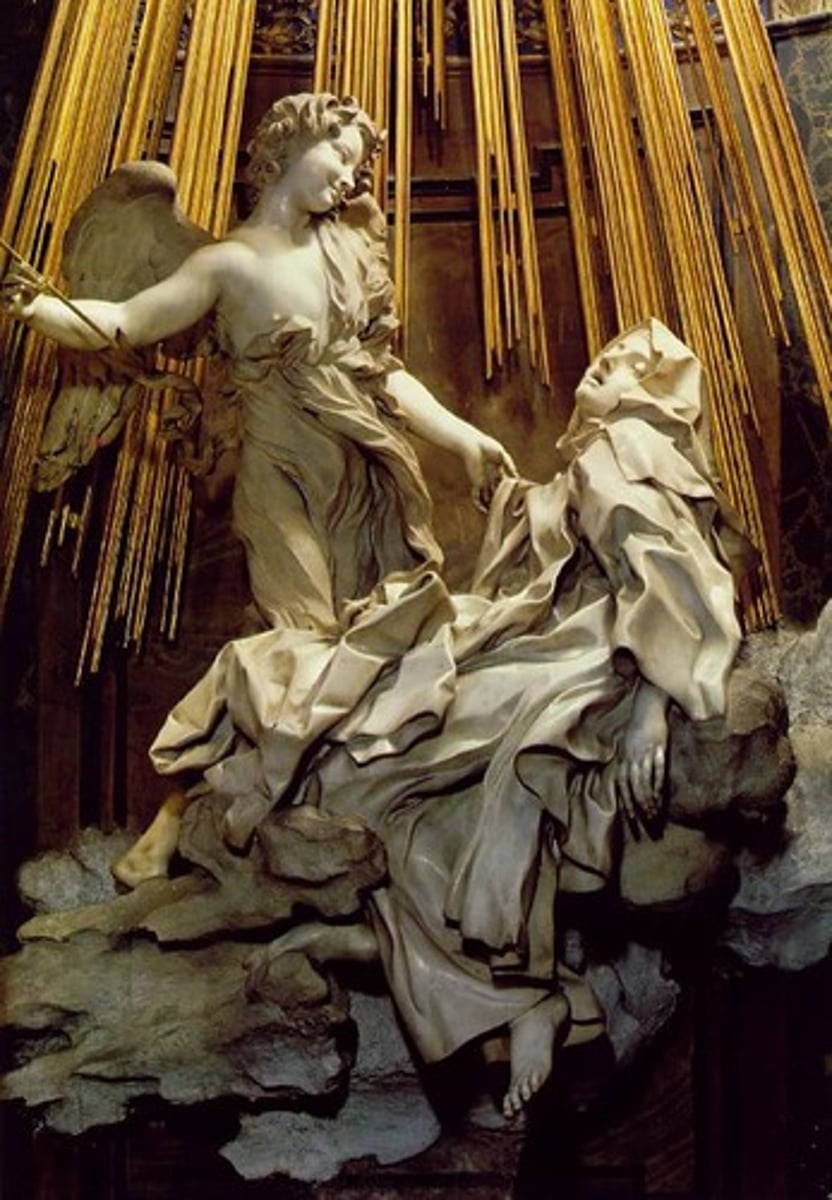
Rubens
prolific Flemish baroque painter
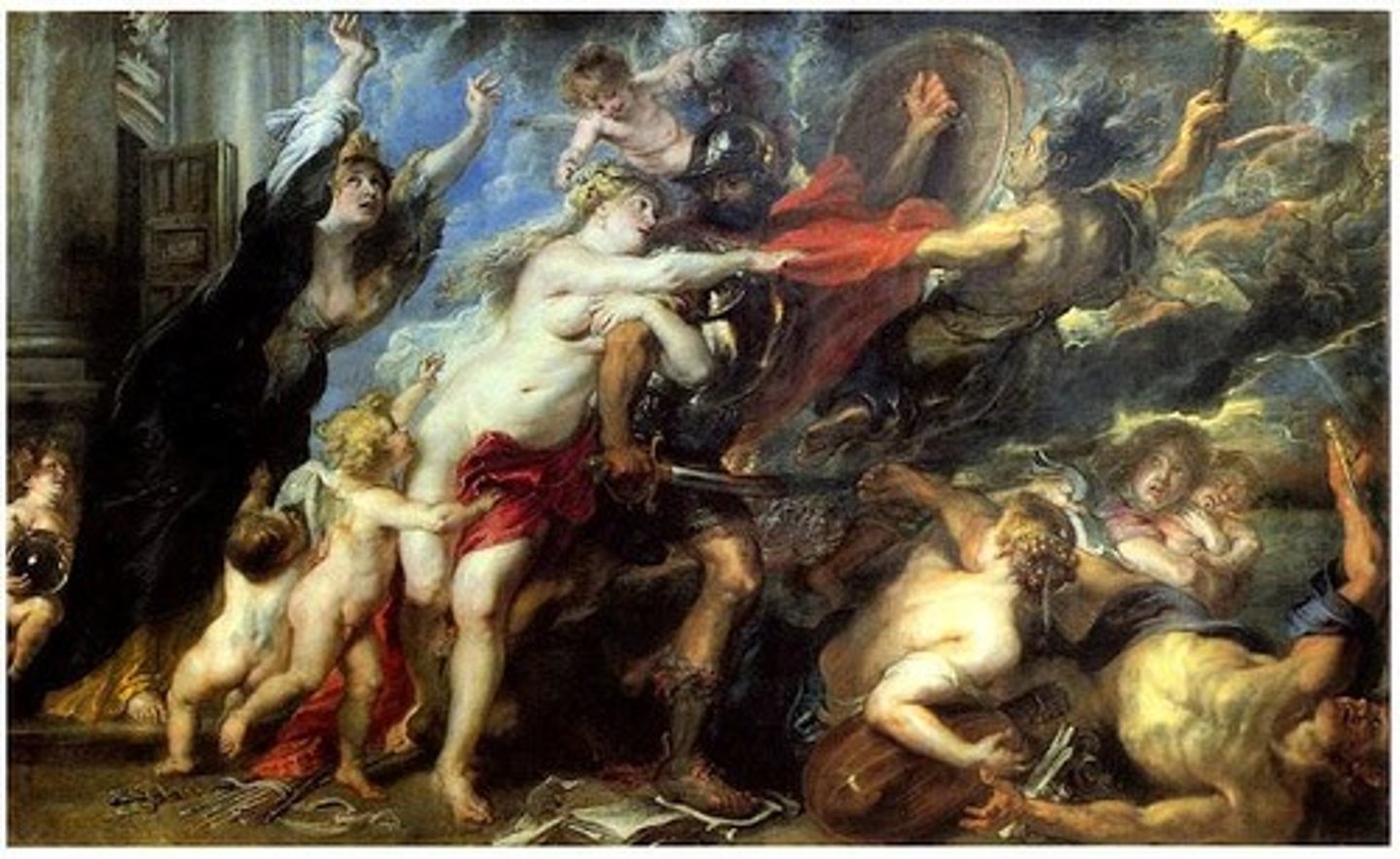
Physico-theology
The view that evidence and sound arguments for God's existence can be derived from a study of the natural world; a study of the natural world intended to provide such evidence.